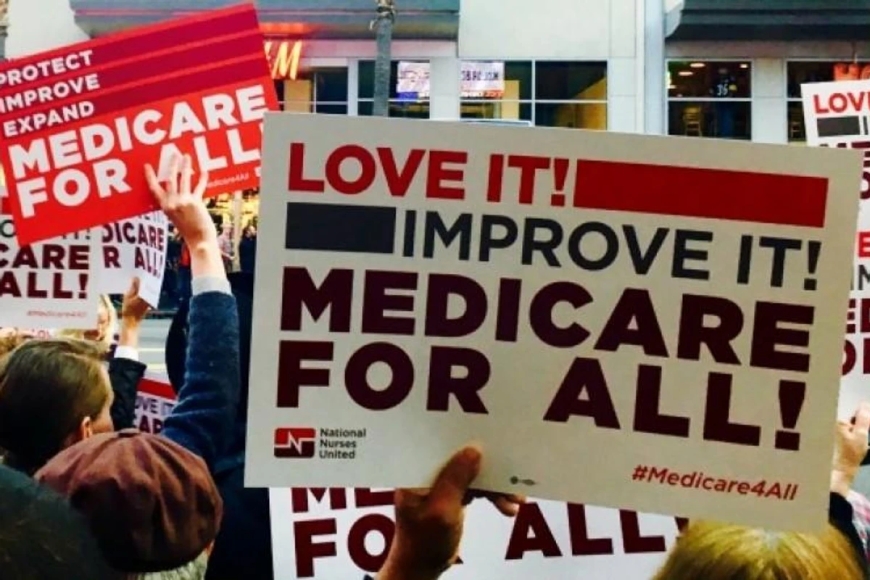Americans Are Mad About All the Wrong Costs

As the dust settles from the Great Inflation, a recent examination reveals that Americans may be directing their financial frustrations at the wrong targets. The intense inflationary period, triggered by the COVID-19 pandemic, has subsided, bringing some relief as the annual inflation rate drops from over 9 percent to just above 3 percent. Retailers are now rolling out price cuts to entice consumers, and signs of economic optimism are emerging, evidenced by improving consumer-confidence surveys.
However, the fundamental issue of high costs persists, particularly in areas that have a profound impact on American lives. While the sharp rise in everyday expenses like food and fuel drew significant attention during the inflation peak, it's the soaring costs of essential services and housing that have been the most damaging over time.
The True Culprits: Housing, Healthcare, and Child Care
Housing: The most critical and burdensome cost is housing. The housing market has been plagued by a persistent shortage since the real estate bubble burst during the George W. Bush administration. Despite a doubling population, home construction rates have not kept pace, leading to exorbitant prices, especially in high-demand urban areas. Over the past decade, rents have skyrocketed by 52 percent, far outstripping the general inflation rate of 32 percent.
Healthcare: The United States spends a staggering 17 percent of its GDP on healthcare, almost double the average of other developed nations, without correspondingly superior outcomes. The exorbitant prices of insurance, prescription drugs, surgeries, and emergency services are key contributors to this disparity. Although overall health spending has stabilized somewhat since the Obama administration, out-of-pocket expenses for Americans have continued to rise, now averaging $1,400 per person annually.
Child Care: The cost of child care is another significant burden for American families, with annual expenses ranging from $18,000 to $29,000 depending on the child's age and care setting. In cities like New York and San Francisco, costs are even higher. These high costs force many parents, predominantly women, out of the workforce. Child care providers, meanwhile, often earn poverty-level wages, a situation exacerbated by the COVID-19 pandemic which saw many workers leave the sector for better-paying jobs.
Misplaced Frustrations
While the decrease in prices for items like fast food and household goods offers some respite, the true financial stressors remain in the form of housing, healthcare, and child care costs. The public's anger over the price of a Big Mac is understandable but misplaced. The real focus should be on these larger, more impactful expenses that significantly hinder financial stability and upward mobility.
A Shift in Economic Paradigms
The shift from the old neoliberal economic model, characterized by stable prices and low wages, began under the Trump administration and was accelerated by the pandemic. Despite wage growth and reduced inequality, the public perception has remained focused on the immediate impact of inflation rather than the long-term, systemic cost issues.
Policy Challenges: Addressing these high costs is complex. While the government can stimulate demand through various measures, it has limited tools to control costs and increase supply without triggering inflation. For instance, efforts to build more homes, hire more healthcare workers, and expand child care facilities are inherently inflationary.
To truly address the financial challenges facing American families, the focus must shift from minor daily expenses to the substantial and systemic costs of housing, healthcare, and child care. These are the expenses that undermine financial security and limit opportunities for advancement. A broader understanding and targeted policy approach are essential to foster an economic environment where all Americans can thrive.













































